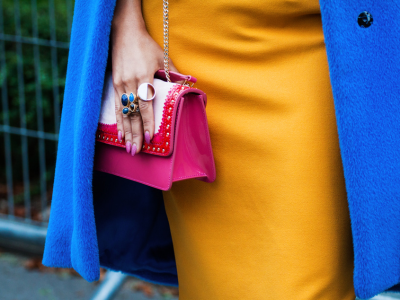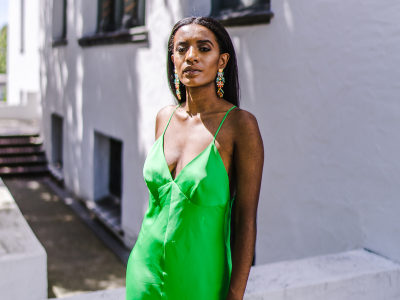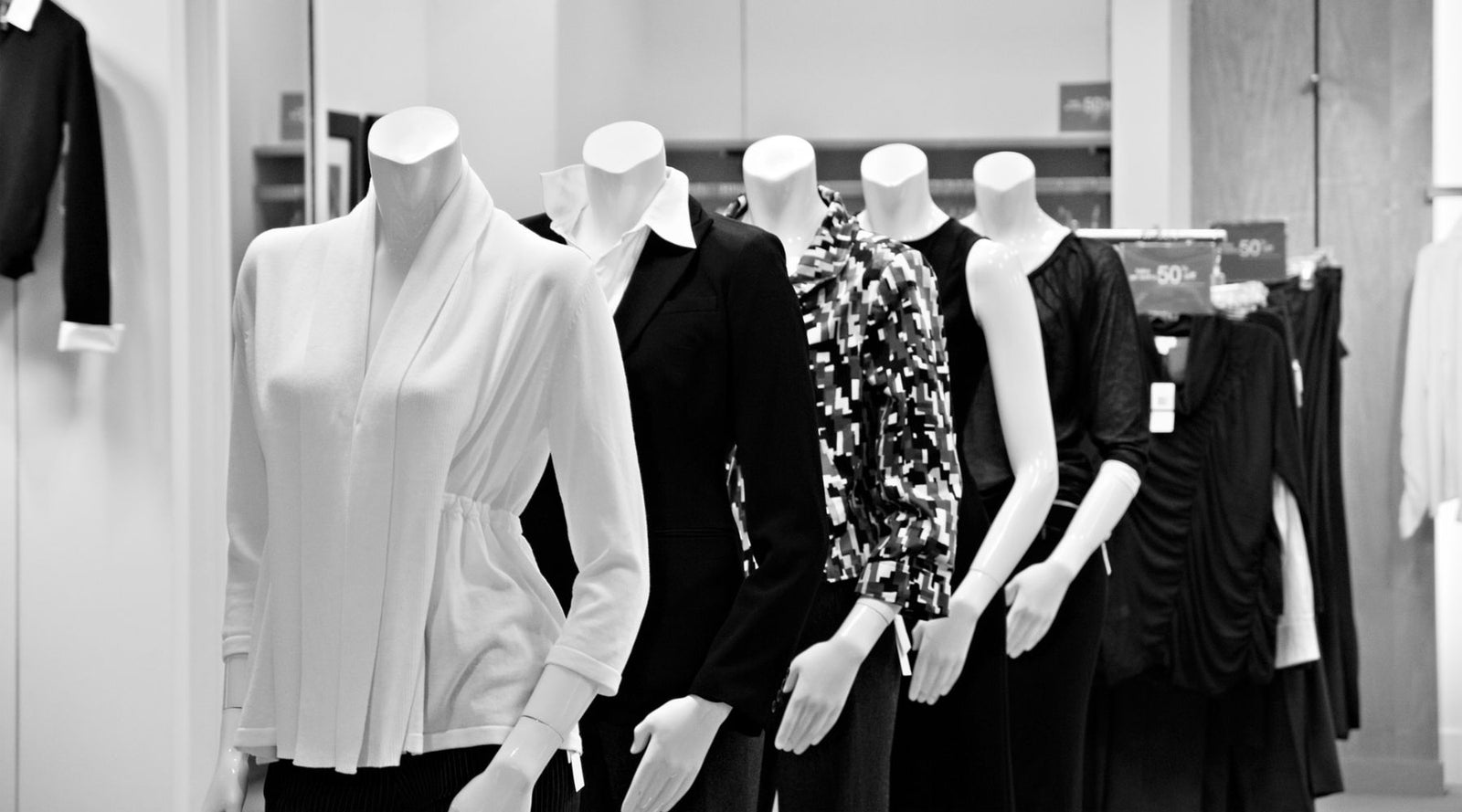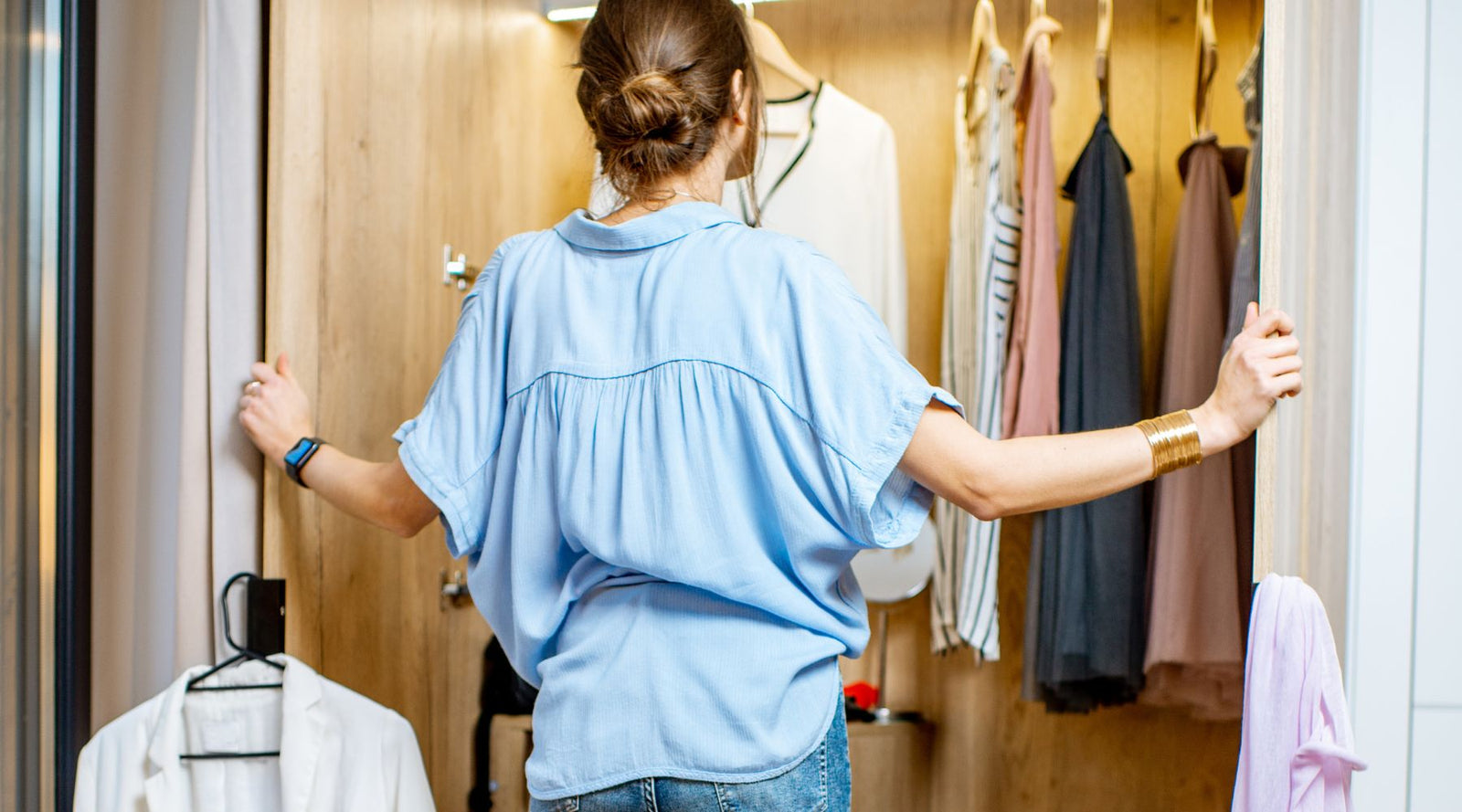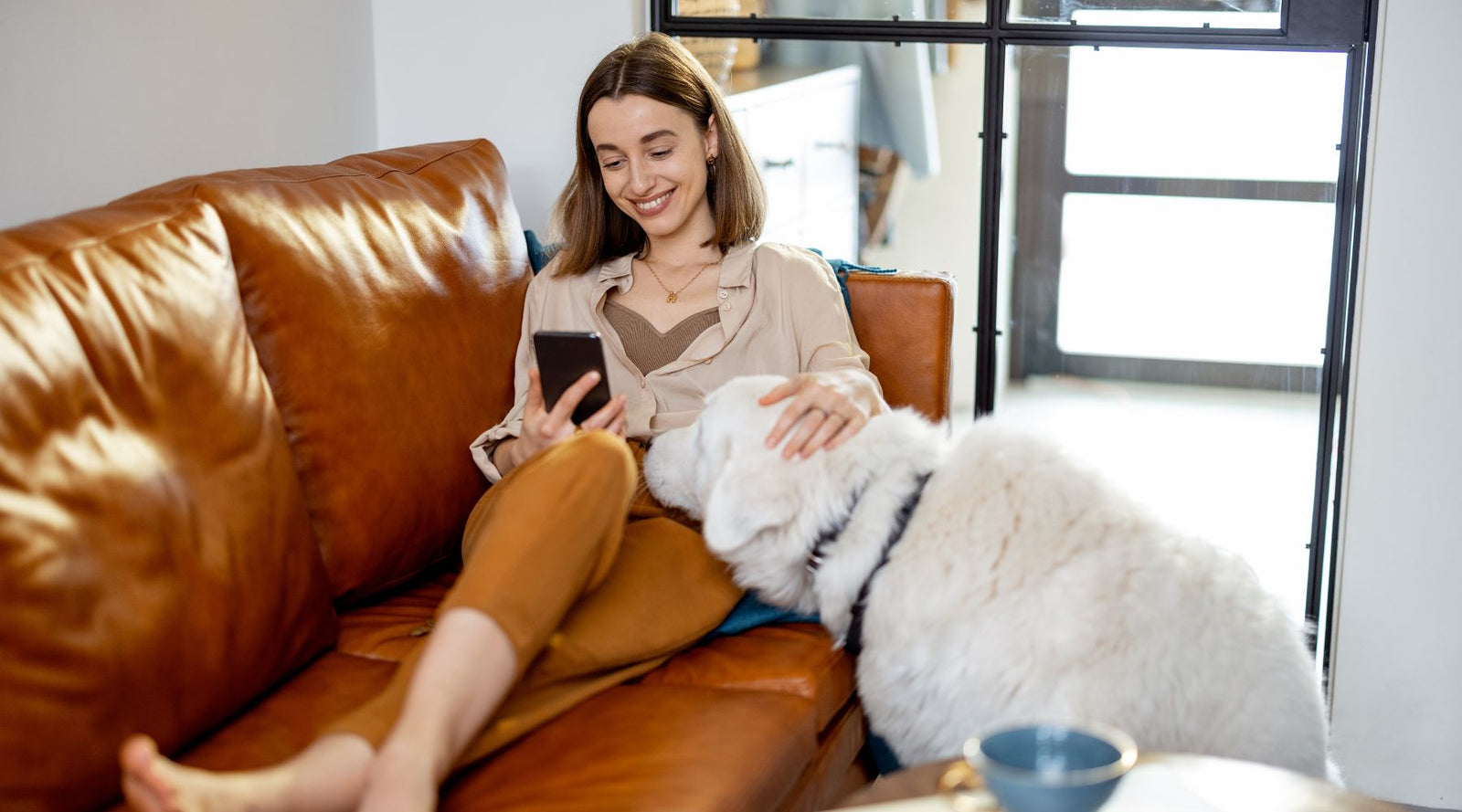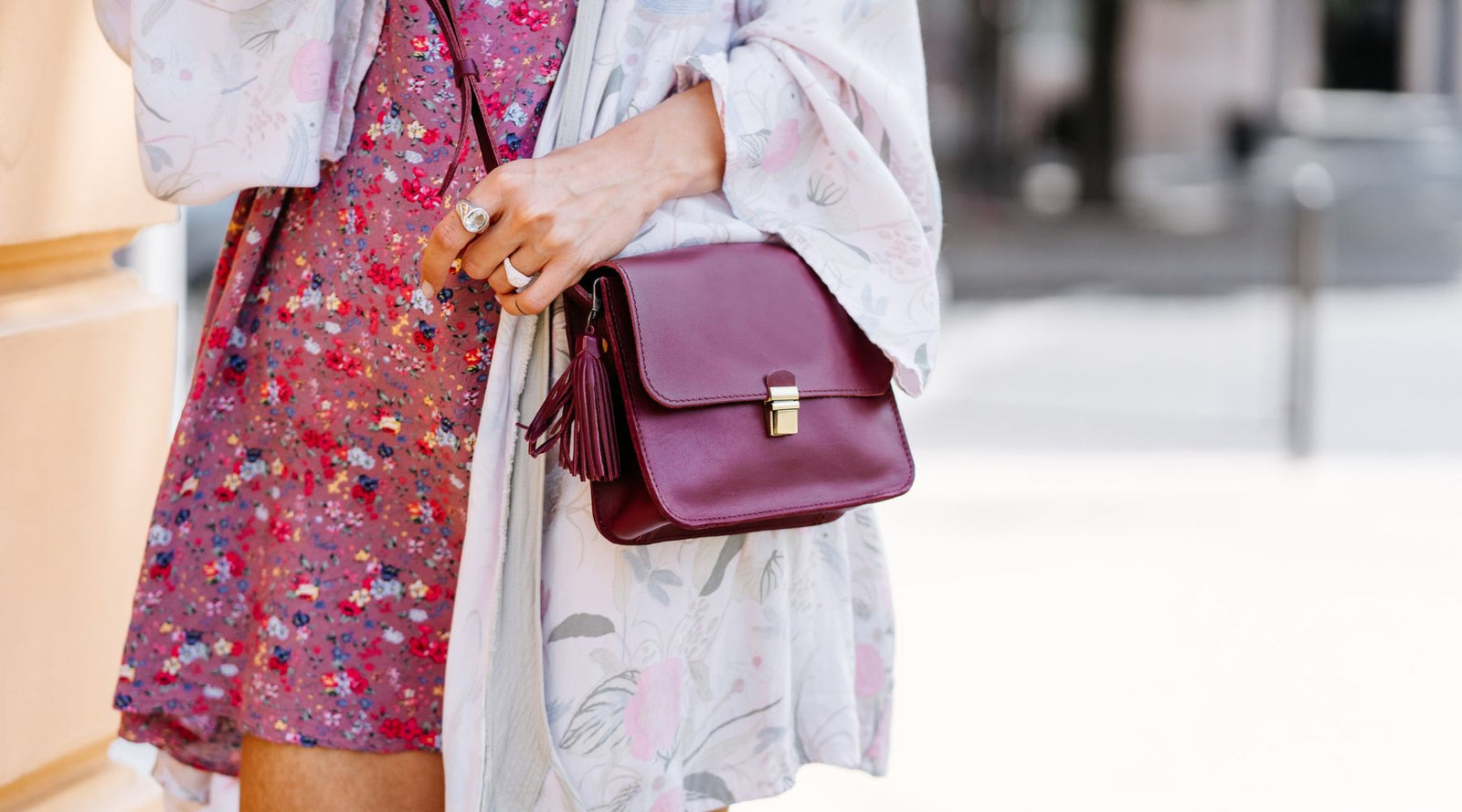A true family passion, my beautiful daughter, Isabella Freidin has made a career for herself as a sustainability fashion specialist.
Isabella recently wrote a guest piece for Fashion Declares, an industry-wide bottom-up global movement of people who want to learn, share, and take effective action to transform the fashion industry.
We thought we'd share her insights on the Reluv blog. You can find Isabella, and read more of her insights on LinkedIn here.
______________________
The fashion industry isn't exactly known for its eco-friendliness. The production and consumption of clothing contribute to approximately 10% of global carbon emissions (UN Environment Programme).
In Australia, we’re feeling the heat—literally.
The Climate Council warns that climate-related disasters could cost us a staggering AUD $39 billion per year by 2050. With bushfires, floods, and droughts becoming the new normal, our industry’s reliance on traditional, resource-intensive practices is undeniably becoming increasingly untenable. It’s clear that the runway needs aserious makeover.
Trends in Sustainable Fashion
Despite these daunting challenges, a promising movement toward sustainability is gaining traction within the Australian fashion landscape. Innovative Australian brands like Outland Denim and Spell are not just making headlines; they’re rewriting the playbook by prioritising ethical production and eco-friendly materials. Outland Denim boasts a supply chain that ensures fair wages and uses organic cotton, proving that sustainability can indeed be stylish while promoting social responsibility alongside environmental stewardship.
The second-hand fashion market is also thriving with marketplace platforms likeGumtree andDepop growing at an impressive rate of 20% annually (Australian Fashion Council).
For those without the desire to list their own items, start-up consignment businesses likeReluv Clothing are making the trade of preloved clothing easier than ever by offering technology backed solutions to resale. Easier on the hip pocket, and aligning with the burgeoning consumer desire for eco-friendly options, these platforms are growing as household names, giving shoppers the opportunity to wear pieces that they may not be able to afford new, or just to boast a bargain. (We all love exclaiming to our friends ‘oh this old thing, I got it secondhand for only $20!!’)
Purchasing pre-loved clothing reduces waste and minimises the demand for virgin resources, fostering a more sustainable cycle. This isn’t just about saving a pretty penny; it’s making a statement that fast fashion is so last season.
Consumer Demand for Change
Today's consumers are savvy; they care about the impact of their purchases. A recent survey conducted by theAustralian Fashion Councilrevealed that 72% of Australians are concerned about fashion's environmental footprint. This awareness has prompted brands to adopt more sustainable practices, driven by a demand for transparency and accountability. Social media platforms have amplified this movement, with influencers and activists alike urging consumers to think twice before making that impulsive buy. Let’s just say, it’s a “like” for the planet.
Industry Initiatives and Policy
In response to this shifting paradigm on a more institutional level, various industry initiatives and government policies are emerging to promote sustainability. TheFashion Sustainability Program by the Australian Fashion Council is helping brands develop sustainable practices by providing invaluable resources and support.
And let’s not forget the Australian government. While they may take a while to get moving, they’re exploring regulations aimed at promoting a circular economy—an approach that seeks to minimise waste and make the most of resources.
The concept of the circular economy is pivotal in redefining how we perceive fashion. Instead of the traditional linear model of “take, make, dispose,” the circular economy advocates for a regenerative system that emphasises longevity, reuse, and recycling.
By designing products with their entire lifecycle in mind, we can significantly reduce waste and lessen the industry’s carbon footprint. Initiatives likeThe Australian Circular Fashion Initiative aim to facilitate this transition by fostering collaboration among stakeholders and promoting innovative practices.
However, while progress is being made, challenges remain. The industry still grapples with barriers to sustainability, including the cost of eco-friendly materials and the prevalence of fast fashion. The global fast fashion market, valued at AUD $56.2 billion, continues to exert pressure on Australian brands to prioritise speed and cost over sustainability (McKinsey & Company). Contentious fast fashion giant, Shien is likely to list on the New York Stock Exchange (NYSE) or NASDAQ later this year. A feat only made possible by the eye watering demand for fast fashion, and a reminder of the hard work yet to be done to change perceptions and buying habits.
Future Outlook: Opportunities for Change
The Australian fashion industry stands at a critical juncture. The shift toward sustainability is an undeniable revolution, and brands that fail to adapt might find themselves on the fast track to obsolescence—or worse, buried in a landfill. With the global sustainable fashion market projected to skyrocket to AUD $13 billion, Australian brands have a golden opportunity to shine by embracing eco-friendly materials, adopting circular economy practices, and leveraging technology to enhance transparency and traceability.
As industry stakeholders, consumers, and policymakers work together, we have an opportunity to redefine the narrative around fashion in Australia. Education is crucial. Empowering consumers with knowledge will propel demand for responsible brands. Furthermore, collaboration between brands, NGOs, and government entities can create a cohesive approach to addressing climate change.
If we all adopted the philosophy of fashion visionary, Vivienne Westwood, we’d be much better off as individuals, as a society and as a planet.
“Buy less. Choose well. Make it last.”

